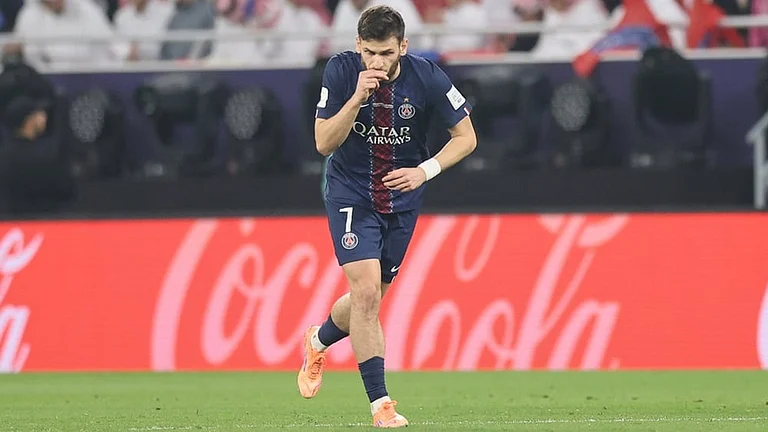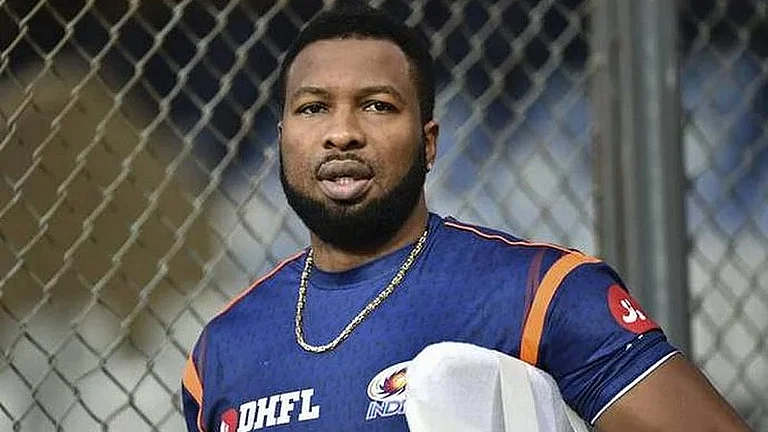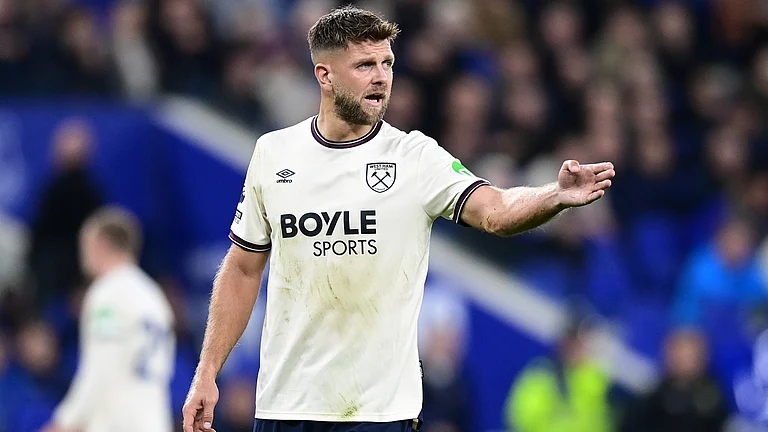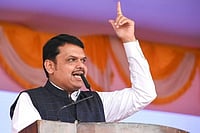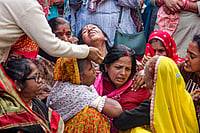At 24, Chetan Narula embarked upon an ambitious mission: recording the lives and times of Indian cricket captains ever since India started playing Test cricket. That’s over 30 men in 80 years, and hundreds of tales of heroism, friendship, jealousy and intrigue.
The project took two years of his life but this brick of a book that runs into over 700 pages would make any researcher proud. Narula has both patience and a sense of balance in equal measure.
Cricket hasn’t produced a large body of literature in India. Very few journalists have gone beyond writing the first draft of cricketing history; less than a dozen Indian players have written autobiographies. But Narula has not only written the story of Indian captains and the parallel story of Indian cricket in the greatest possible detail, but with a perspective that belies his years.
The appointment and the doings of the captains have raised controversies right from 1932. The royals were indifferent cricketers but still wanted to be captains. In 1932, two princes—Porbander and Limbdi—were included in the team only to lead it. Fortunately, both realised they weren’t good enough: Limbdi got injured and Porbander decided, on second thoughts, to cede his place to C.K. Nayudu. In 1936, royalty entered the fray again. Vizzy, the maharajah of Vijayanagaram, paid his way to captaincy by sponsoring the team and donating the Willingdon Pavilion to the stadium in Delhi. Another royal contender, the maharajah of Patiala, didn’t make it to captain because he fell out with the Viceroy.
As Narula says, when there are conflicting versions of the same event, “the pragmatic thing to do is not to take the word of the two parties involved”. Sachin Tendulkar being stranded at 194, for instance, after Rahul Dravid declared the innings in Multan in 2004. Tendulkar was naturally disappointed, but Dravid wanted more time to bowl at Pakistan, and Tendulkar wasn’t scoring quickly enough. There was no conspiracy there, as Narula rightly points out.
He tells the larger story well, explaining the now unthinkable circumstances in which Nayudu became India’s first captain, and how Nawab Pataudi Jr took over the team in 1961 and gave it a new, confident persona for all times to come. How Pataudi lost the job 10 years later, or how Mohammed Azharuddin took over when the BCCI wanted to punish senior players; and how S. Venkataraghavan, the most low-profile of the famous spin quartet, came to captain India in the first two World Cups, and the Sourav Ganguly-Greg Chappell-Rahul Dravid saga, are all part of the fascinating story.
My only complaint about the book is Narula’s penchant for comparing the captains with heroes from history, literature and popular culture. Narula has brought together a wealth of information and one wishes that Don Corleone or Julius Caesar or Alexander the Great didn’t pop up so often to interrupt the narrative. Also, Narula’s labour of love deserved better editing. But still, this is a book of heroes, written with both passion and objectivity.







